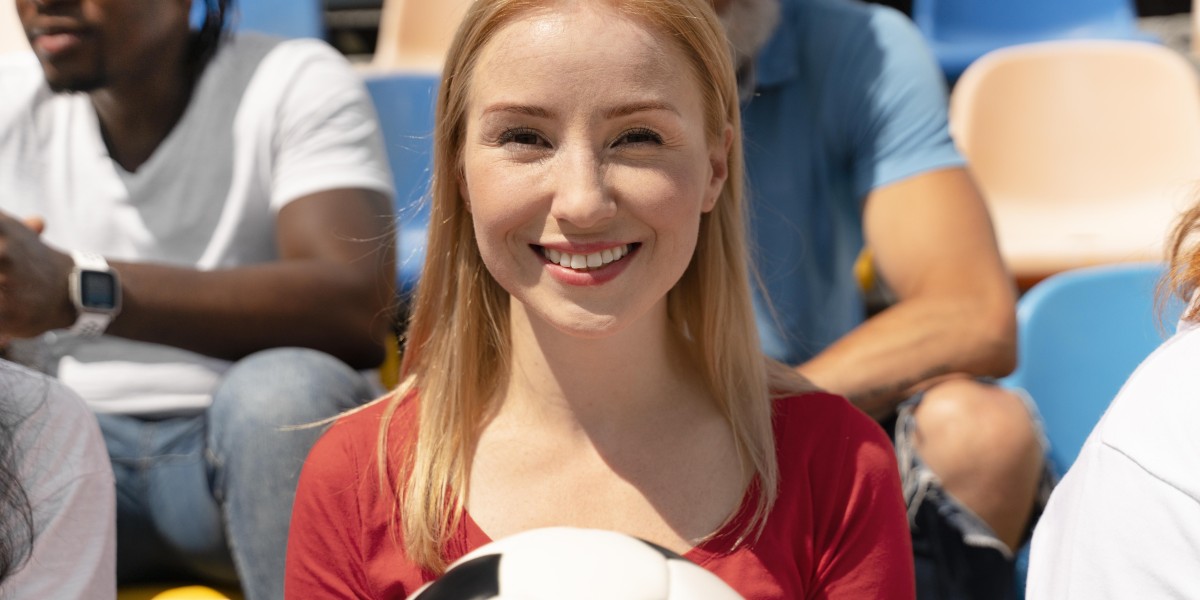Have you ever wondered why some postings receive a ton of likes and comments while others go unnoticed? Timing plays a crucial role. Posting at the right moment ensures your content meets your audience when they’re most active, boosting visibility and engagement.
The location, industry type, post format, and behavior of the target audience all influence when it is best to publish on Instagram. These factors influence when your content appears at the top of feeds, helping you maximize engagement.
Let’s break it down.
1. Audience Activity Patterns
Your followers don’t stay online all day. Studying their activity helps you align your posting schedule.
Use Instagram Insights: Check when your audience is most active by day and hour.
Consider Time Zones: If you have an international audience, posting too early or too late can miss a chunk of viewers.
Content that meets your audience when they’re scrolling has a higher chance of appearing at the top of their feed.
2. Industry Trends and Niches
Different industries see peaks at different times. For example:
Fitness brands often perform better in the early morning or evening.
Fashion influencers may find late afternoons work best.
B2B companies often gain traction during weekday mornings.
Following your niche’s patterns increases your likelihood of hitting that “sweet spot” for engagement and finding the best time to post on Instagram.
3. Day of the Week Impact
Not all days are equally engaging. Depending on the day, people have different routines and moods.
Weekdays: Users check Instagram before work, during lunch breaks, or after work.
Weekends: Engagement shifts to mid-mornings and evenings.
Monitoring shifts in engagement by day can help refine your posting times over time.
4. The Role of Content Type
Instagram’s algorithm treats each format slightly differently.
Reels can get views long after posting because they are pushed in the Explore feed.
Stories get quick bursts of attention and disappear in 24 hours, making timing even more critical.
If you want to get people to engage quickly, schedule your posts during peak user activity for that type of content.
5. Algorithm and Engagement Signals
Instagram rewards early engagement. Quick likes, comments, and shares increase the likelihood that a post will be seen by more followers.
That's why posting when your audience is engaged, not hours later, is critical for staying ahead of the algorithm curve.
6. Leveraging Analytics and Tools
Using Instagram's built-in statistics is the first step, but advanced tools can provide more detailed information. You can even spy Instagram stories of competitors to see when they post and how their audience reacts.
Tracking the posting patterns of similar accounts allows you to identify time windows that regularly draw engagement without requiring months of trial and error.
7. Experimentation and Optimization
No two audiences are the same, even in the same niche. That’s why continuous testing matters.
On a single day, try posting at various times.
Compare engagement results weekly.
Adjust based on audience growth and changing behavior.
Over time, you’ll develop a posting rhythm that feels almost automatic.
8. Integrating Broader Marketing Strategies
Your Instagram timing doesn’t work in isolation. If you’re running Google Smart Campaigns or email blasts, scheduling Instagram posts to complement them can create a stronger impact.
Synchronized campaigns allow you to capture your audience's attention on various platforms in short succession, hence magnifying results.
Also, watch this video - How To Search Instagram Ads Using PowerAdSpy
Final Thoughts
The perfect posting time isn’t one-size-fits-all, it’s a moving target shaped by your audience’s activity, industry patterns, and content type. By combining data from Instagram Insights, competitor analysis, and consistent experimentation, you can find your unique sweet spot.
Remember, the best day to post on Instagram will still vary over time, so keep testing and adapting to maintain engagement levels.
Quick FAQs
1. Does everyone have a preferred time to post?
No. Each audience behaves differently, so your best time comes from analyzing your own data.
2. How often should I change my posting time?
Review insights monthly, or sooner if you notice engagement shifts.
3. Do time zones really matter?
Yes, especially if your followers are spread across different regions.
4. Can posting at the wrong time hurt your reach?
Yes. Less initial engagement can push your post lower in followers’ feeds.
5. Should I publish every day at the same time?
Consistency helps, but adjust when you see patterns changing.








